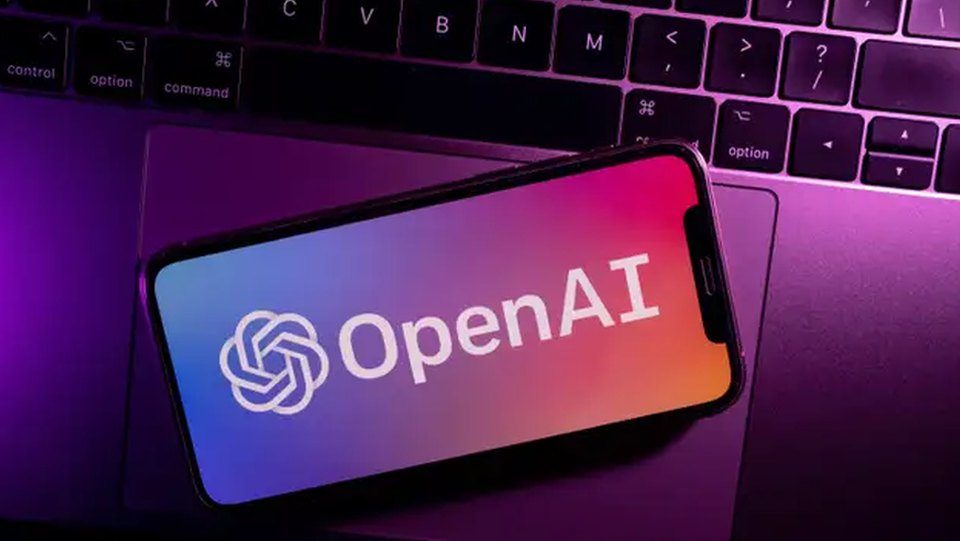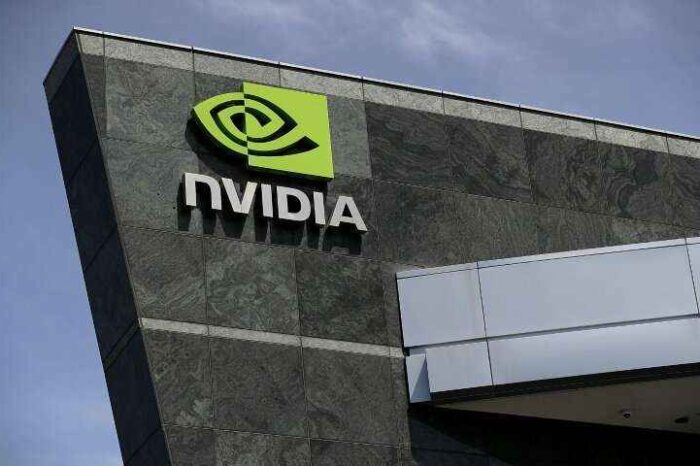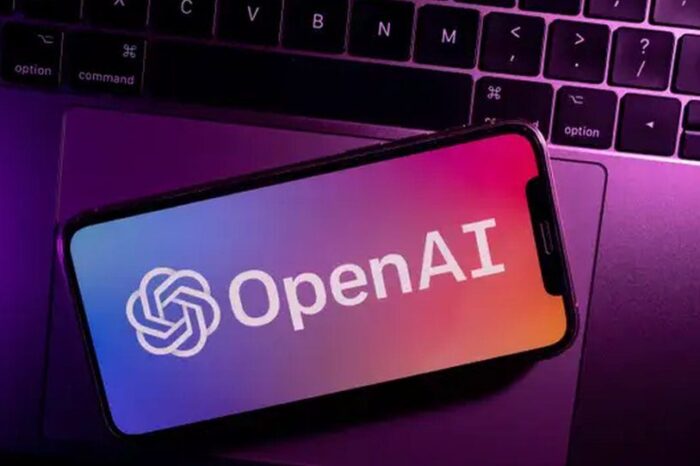GPT-5 is launching this month: Here’s what to expect from OpenAI’s next big model release

OpenAI is gearing up to release the long-awaited GPT‑5, the next chapter in its series of large language models—and the expectations are sky-high. This is the model that will either confirm OpenAI’s dominance or raise questions about whether the breakthroughs we saw with GPT‑4 can be replicated.
The report comes four months after OpenAI said GPT-5 would arrive “in a few months,” following the April release of o3 and o4-mini.
The official release date hasn’t been announced, but insiders say it could happen any day now. On Monday, Boris Power, head of Applied Research at OpenAI, posted on X: “Excited to see how the public receives GPT‑5.” That was all it took to set off another wave of speculation, coming on the heels of earlier reports that the model had entered final-stage testing.
OpenAI is staying quiet. When asked by Reuters, the company declined to comment. That silence has only added to the buzz—and the pressure.
But rumors are swirling that the launch could come as soon as tomorrow, after OpenAI posted a cryptic message on X with no further context: “LIVE5TREAM THURSDAY 10AM PT.”
The last time OpenAI dropped a major model—GPT‑4 in March 2023—it rewired the public’s expectations for what AI could do. GPT‑4 passed the simulated bar exam in the top 10%, compared to GPT‑3.5’s bottom 10%. It tackled reasoning, creativity, and context in ways that caught even AI skeptics off guard. Suddenly, it wasn’t just about chatbots—it was about AI that could outperform humans at some tasks.
So, what now?
GPT-5: A Look at What’s New and What’s Not
Two early testers who’ve seen GPT‑5 told Reuters they were impressed—especially with the model’s performance in coding, science, and math. But both said the jump from GPT‑4 to GPT‑5 isn’t as dramatic as the leap from GPT‑3 to GPT‑4. And that’s the tension hanging over this release: OpenAI made such a big splash last time that almost anything short of another seismic shift might feel underwhelming.
“OpenAI made such a great leap from GPT-3 to GPT-4, that ever since then, there has been an enormous amount of anticipation over GPT-5,” said Navin Chaddha, managing partner at Mayfield, a venture capital firm that backs AI startups (though not OpenAI itself). “The hope is that GPT-5 will unlock AI applications that move beyond chat into fully autonomous task execution,” Chaddha told Reuters.
That kind of leap, however, is getting harder to pull off.
OpenAI’s earlier gains were fueled by sheer scale—more data, more compute, better results. But now, they’ve hit a wall. As former chief scientist Ilya Sutskever pointed out last year, the internet isn’t growing fast enough to feed these models with fresh, high-quality data. Processing power is still rising, but the data well is running dry.
Even when data isn’t the bottleneck, other challenges remain. Training these massive models is messy. The systems are so complex that hardware failures are common, and researchers don’t even know how well a model will perform until months into the training run. That’s a lot of time, money, and uncertainty.
To deal with that, OpenAI has been pushing a second path: “test-time compute.” Instead of training one giant model and hoping it performs across the board, this method lets the model allocate more processing power on the fly—especially for harder tasks like math or anything that requires reasoning. CEO Sam Altman has said GPT‑5 will use this combined approach.
But Altman also hinted that things have gotten messy under the hood. He recently admitted that OpenAI’s product and model lineup has become “complicated.” That’s true—and users are starting to feel it. Between GPT‑3.5, GPT‑4, GPT‑4o, and now GPT‑5, it’s getting harder to tell what model you’re actually using and what it’s capable of.
Nearly three years after ChatGPT first introduced generative AI to the mainstream, the arms race hasn’t let up. Google, Meta, Anthropic, and others have all shipped competitive models. Meta’s open-source Llama 3 series is already drawing attention for matching GPT‑4-level performance. The game is no longer just about being first—it’s about staying ahead.
And that’s what’s at stake for GPT‑5. Will it deliver another shock to the system like GPT‑4 did? Or will it mark the start of a slower, more incremental phase for AI?
We’ll know soon enough. For now, all eyes are on OpenAI.




